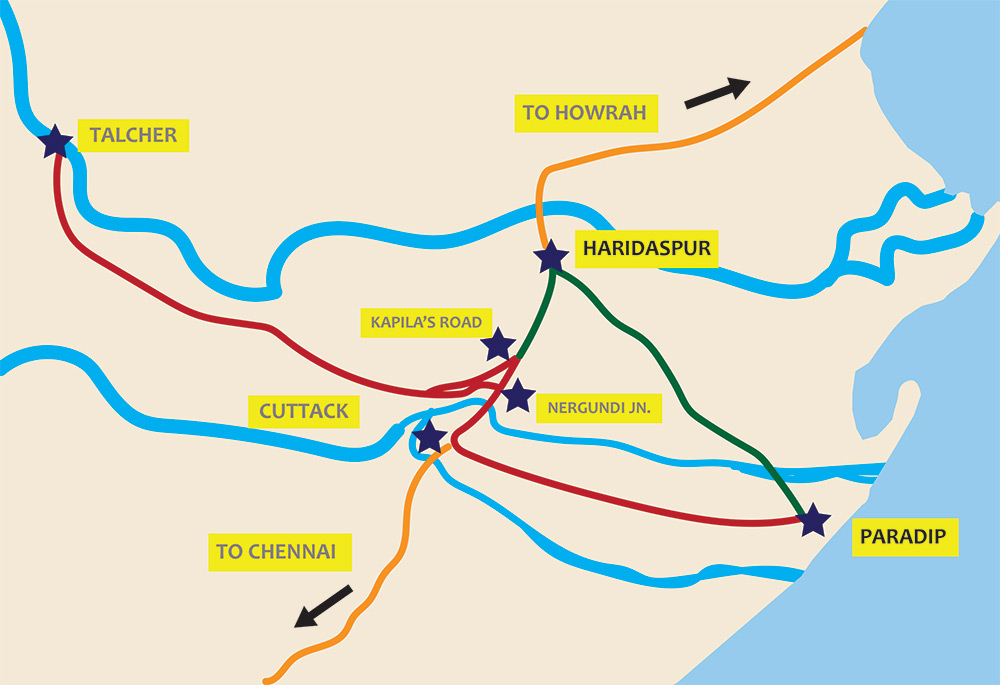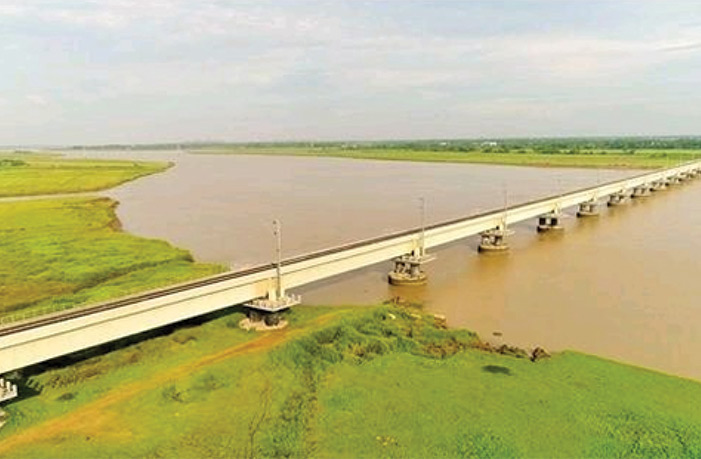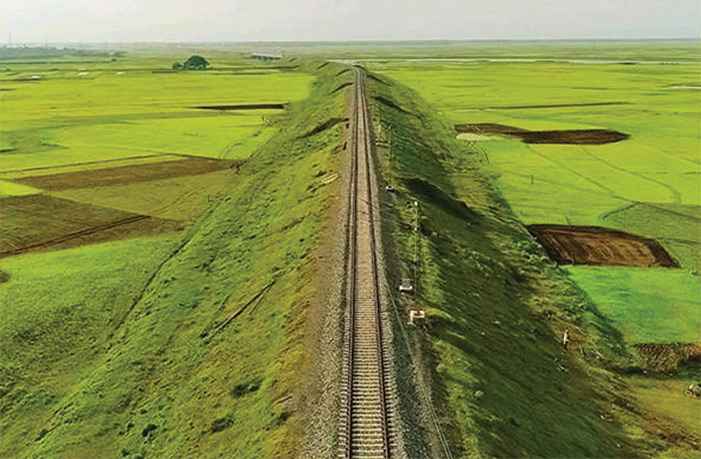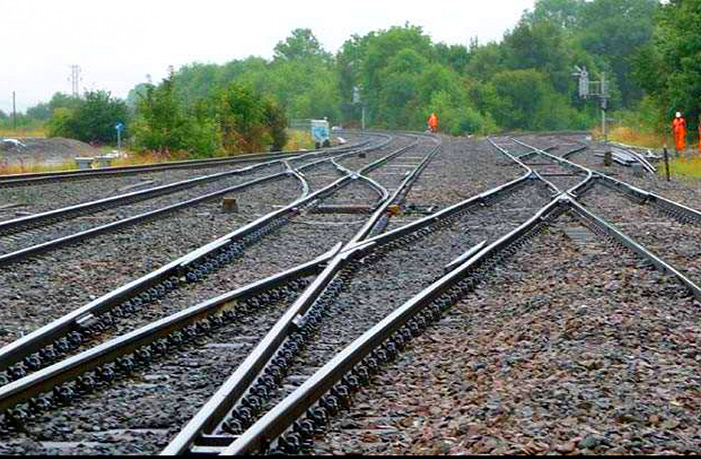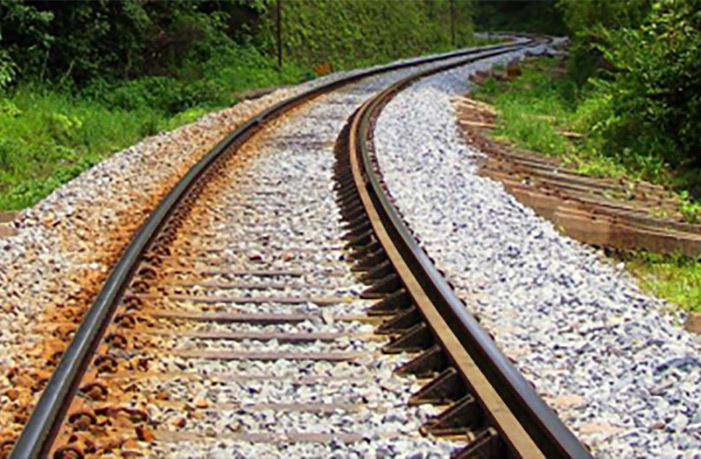Odisha with its rich natural resources has aspired to be a manufacturing hub for steel. It has a target to produce 100 million tonnes of the metal by 2030. About 47 steel plants with a total installed capacity of 39.56 million metric tonnes per annum (MMTPA) have been set up in Odisha so far and many more companies are in the process of setting up a manufacturing base here. Of the 47 steel plants, only two are in the public sector, Steel Authority of India Ltd and Neelachal Ispat Nigam Ltd, and the remaining steel units were established by private companies. With the increase in capacity, output has also increased. Crude steel output in the state has almost tripled from 8.8 MMTPA to 23 MMTPA from 2014 to 2018.
| Company | Location | Installed Capacity/ Annum (MMT) | Planned Expansion Annum (MMT) |
|---|---|---|---|
| Steel Authority of India Ltd | Rourkela | 4.5 | 10 |
| Neelachal Ispat Nigam Ltd | Kalinganagar | 1.1 | |
| Jindal Steel & Power Ltd | Angul | 6 | 20 |
| Tata Steel BSL Ltd | Dhenkanal | 5.63 | |
| Tata Steel Ltd | Kalinganagar | 3 | 8 |
| Bhushan Power & Steel Ltd | Lapanga | 2.8 | |
| Jindal Stainless Ltd | Kalinganagar | 1.6 | |
| Visa Steel Ltd | Kalinganagar | 1 | |
| Arcelor Mittal Nippon Steel | Paradip | 6 | 12 |
| Total | 31.63 | 50 | |
Apart from these big companies, there are many small companies either steel manufacturers or intermediaries.
In addition, JSW Steel is building a 12-MMTPA steel plant and Arcelor Mittal is building a 3-MMTPA steel plant at Paradip, which will boost steel production in the state in the near future.
Cashing in on this growth, Paradip has converted the increasing steel output in the state into business opportunities for the port. Since it has all the infrastructure required for handling steel products, PICT has been able to persuade both the private and public sector steel manufacturers to use Paradip as their gateway for exports.
At the clean-cargo terminal at Paradip Port, there are two full-length rail sidings, with one line dedicated for steel movements. A significant percentage of steel cargo comes in by rail and 100 per cent of the fertilizer goes out by rail. Thus, efficient rake management is very important. The table summarizes the modes of transport used for cargo coming in and leaving out of the terminal.
| Road vs rail movement of cargo at PICT | |||||||
|---|---|---|---|---|---|---|---|
| Month | No. of Rakes | Tonnage by Rake | No. of Trailer | Tonnage by Road | Total (MT) | % share of Rail | % share of Road |
| April, 2020 | 86 | 236,664.10 | 517 | 14,672.40 | 251,336.50 | 94% | 6% |
| May, 2020 | 96 | 296,723.24 | 2709 | 76,785.11 | 373,481.35 | 79% | 21% |
| June, 2020 | 68 | 202,933.03 | 1936 | 59,139.17 | 262,072.20 | 77% | 23% |
| July, 2020 | 94 | 287,070.08 | 1323 | 44,656.31 | 331,726.39 | 87% | 13% |
| Railways played a key role during the COVID-19 lockdown, since road movements were restricted. Further more, with the recent lowering of freight tariffs and other benefits offered, moving cargo by rail is cheaper compared to road haulage. | |||
|---|---|---|---|
| Recent achievements in PICT despite the adverse impact of COVID-19 | |||
| Date | Vessel Name | Cargo | Remarks |
| 5th June, 2020 | MV POLA PACIFIC | Aluminium Ingots (Export) | Achieved a load rate of 3,654 MT in loading of Aluminium Ingots in 24 hours with only 2 hooks. |
| 6th June, 2020 | MV AGRIA | Hot Rolled Coils (Export) | Record loading of HR Coils with 25,710 MT in 24 hours. |
| 22nd June, 2020 | NA | Steel and Fertilizer | Record number of rakes handled in a single day of 24 hours. Total rakes handled were 6 in numbers out of which 5 are steel rakes and 1 was fertiliser rake. |
| 2nd July, 2020 | MV BLUE BALESTIER | Steel Billets (Export) | Record by loading of steel billets in a day 12,931.64 MT (6,040 pcs). |
| 11th July, 2020 | NA | Steel Slabs | Record performance in unloading Slab rake in 25 minutes. |
| July, 2020 | NA | NA | Highest number of vessels and rakes handled in a single calendar month since inception of PICT, 19 vessels and 119 rakes. |
- An overview of the new Angul-Sukinda and Haridaspur-Paradip railway lines
The Ministry of Railways (MoR) incorporated Rail Vikas Nigam Limited (RVNL), a special purpose vehicle (SPV) on 24 January 2003. A wholly state-owned company under the provisions of Section 617 of the Companies Act, 1956. Moreover, RVNL is a railway administrator under the Railways Act, 1989.
Two projects are being executed as SPVs by Rail Vikas Nigam Limited (RVNL) in the state of Odisha :
- Angul-Sukinda railway line - Expected completion by March 2021
- Haridaspur-Paradip railway line - Expected commissioning in August 2020
- Angul–Sukinda railway line
Angul Sukinda Railway Limited (ASRL) has been incorporated to construct and maintain an 104.24 km broad-gauge single railway line between Budhapank Station (Angul) and Baghuapal Station (Sukinda) in Odisha. The proposed rail line will improve connectivity and facilitate the faster movement of goods. This line will be connected to the Banspani-Dubri line, which is currently being used by steel plants in the Sukinda region for inbound iron ore movements from the Banspani and Barbil region. The major beneficiaries of this proposed line will be steel plants in the Angul region (by transporting iron ore from Banspani and chromate from Sukinda), a coal-based thermal power plant in Sukinda (by transporting thermal coal from the Talcher coalfields, as presently most of the power plants are captive) and steel and power plants in the Lapanga and Rengali area of Sambalpur District (by transporting iron ore from Banspani and coal from Talcher).
The proposed alignment will also establish a direct link between coal-producing areas, i.e. the Talcher Coalfields, and the coal-consuming area of the Daitari Industrial Complex near Sukinda Road Railway Station. This will avoid the existing congested and circuitous road from Talcher through Rajatgarh and Kapilas to Jakhapur and will provide an alternative and shorter route for coal traffic. The dispatch of finished products from the steel plants in the Daitari Industrial Complex to destinations in the Mumbai and Delhi area via Talcher, Sambalpur and Jharsuguda will also be cheaper with the proposed alignment, in comparison with the route via Kharagpur.
This rail line may also facilitate the transportation of iron ore, coal and bauxite from nearby quarries to the upcoming industries in the Jharsuguda Industrial Cluster and to the nearby thermal power plants. The line starts at Budhapank Station near Angul and terminates at Baghuapal Station near Sukinda.
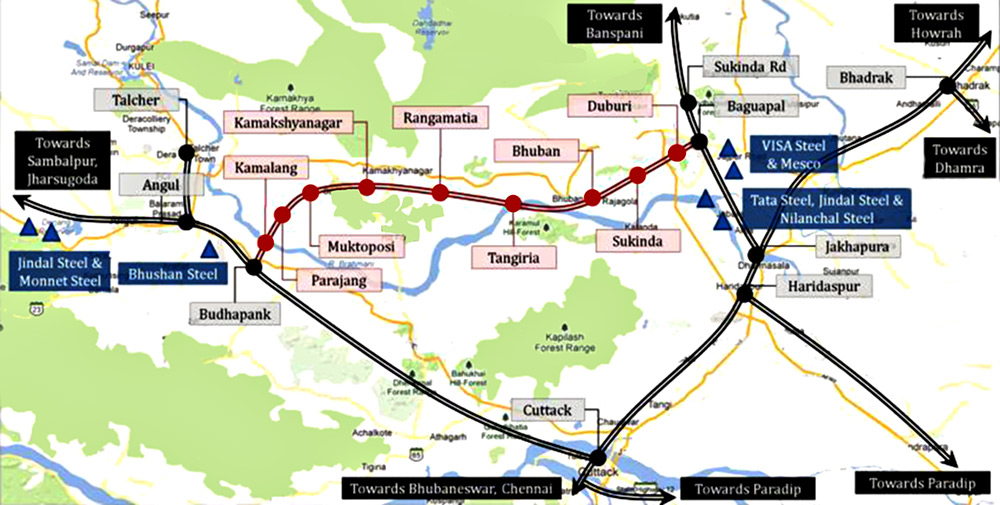
- Haridaspur–Paradip railway line
The much awaited Haridaspur-Paradip Rail link, which is envisaged will primarily facilitate the growth of the steel industry in the Kalinganagar belt, is expected to be commissioned in August 2020.
The line will connect Paradip with Odisha's heartland and will be a monumental pathway for the development of the state. It will reduce the distance between Daitari and the Banspani iron ore belt and Paradip Port by half. It will also serve the important mining belts of Jajpur and Keonjhar. The Haridaspur-Paradip line will give a strategic advantage to India's prime steel hub at Kalinganagar and its many associated downstream industries, comprehensively unlocking the massive potential for development in Eastern India, as envisioned by the prime minister under the Purvodaya project.
The new route will reduce the distance between industries in Kalinganagar, namely Tata Steel, Jindal Stainless, Visa Steel and Neelachal Ispat Nigam Ltd, by 40 km compared to the existing route via Cuttack junction. Thus, the cost of rail freight will reduce. It will also enable the faster turnaround of rakes and reduce the congestion on the existing Cuttack-Paradip rail route and in turn it will increase the availability of rakes. It is foreseen that the rail link will improve the connectivity to the Inland Container Depots (ICDs) at Kalinganagar (JSL/Apeejay and Concor, which is planned), speeding up the movement of containers by rake to and from PICT.
